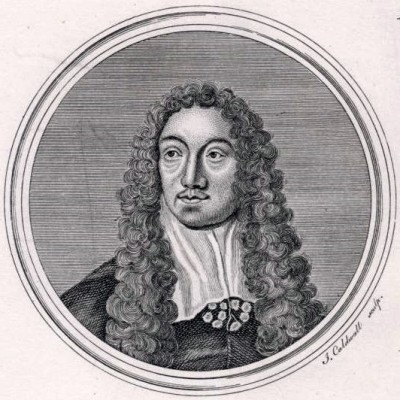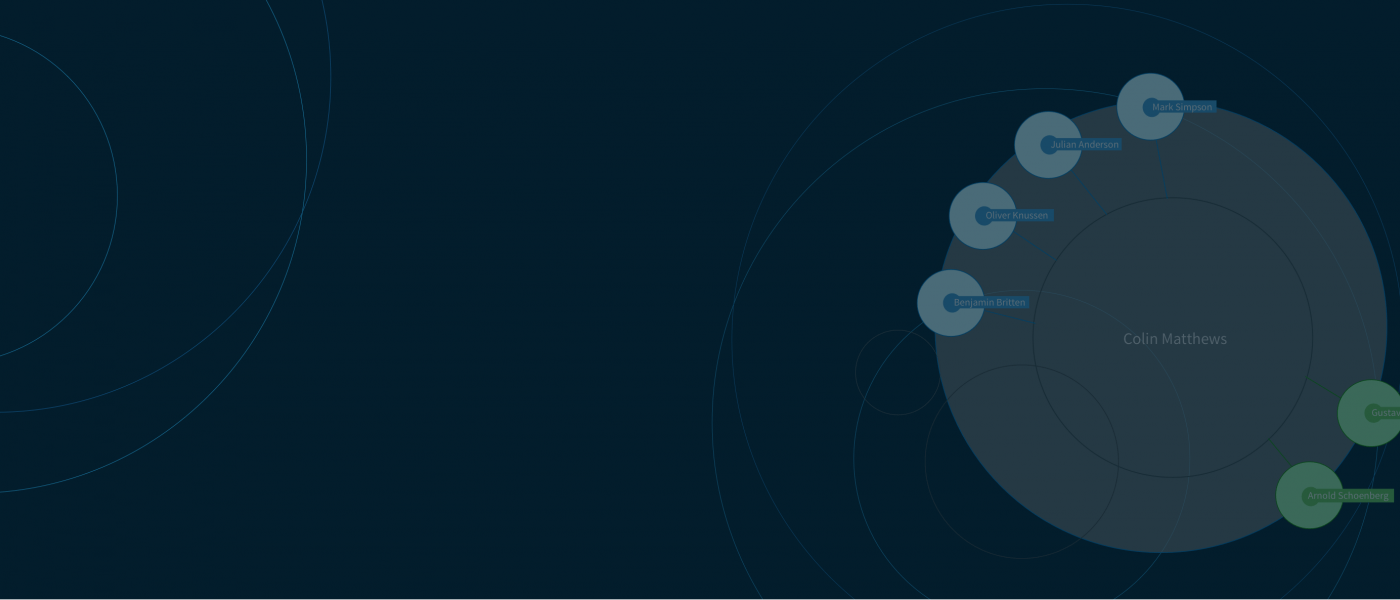Matthew Locke

Early Baroque composer Matthew Locke (ca. 1621-1677) was the central figure in English music just before the advent of Henry Purcell. Locke studied in the Netherlands and did not settle in his native England until 1651, becoming a prominent writer of music for the theatre. When Charles II was restored to the throne, Locke was named the Queen's music master; he escaped with the Royal household in 1665 to avoid the plague. In 1673, Locke published Melothesia, the first guide in English to continuo realization, and his broken consort of "four and twenty viols" was a predecessor to the modern orchestra.
Early Baroque composer Matthew Locke (ca. 1621-1677) was the central figure in English music just before the advent of Henry Purcell. Locke studied in the Netherlands and did not settle in his native England until 1651, becoming a prominent writer of music for the theatre. When Charles II was restored to the throne, Locke was named the Queen's music master; he escaped with the Royal household in 1665 to avoid the plague. In 1673, Locke published Melothesia, the first guide in English to continuo realization, and his broken consort of "four and twenty viols" was a predecessor to the modern orchestra.
Compilations with this composer
CompilationsExternal Links
Music Map
Discover more about the classical music of today with NMC's Music Map, and exciting and educational online tool which enables you to see and hear the connections between composers, their teachers, pupils, influences and their works.
Music Map
